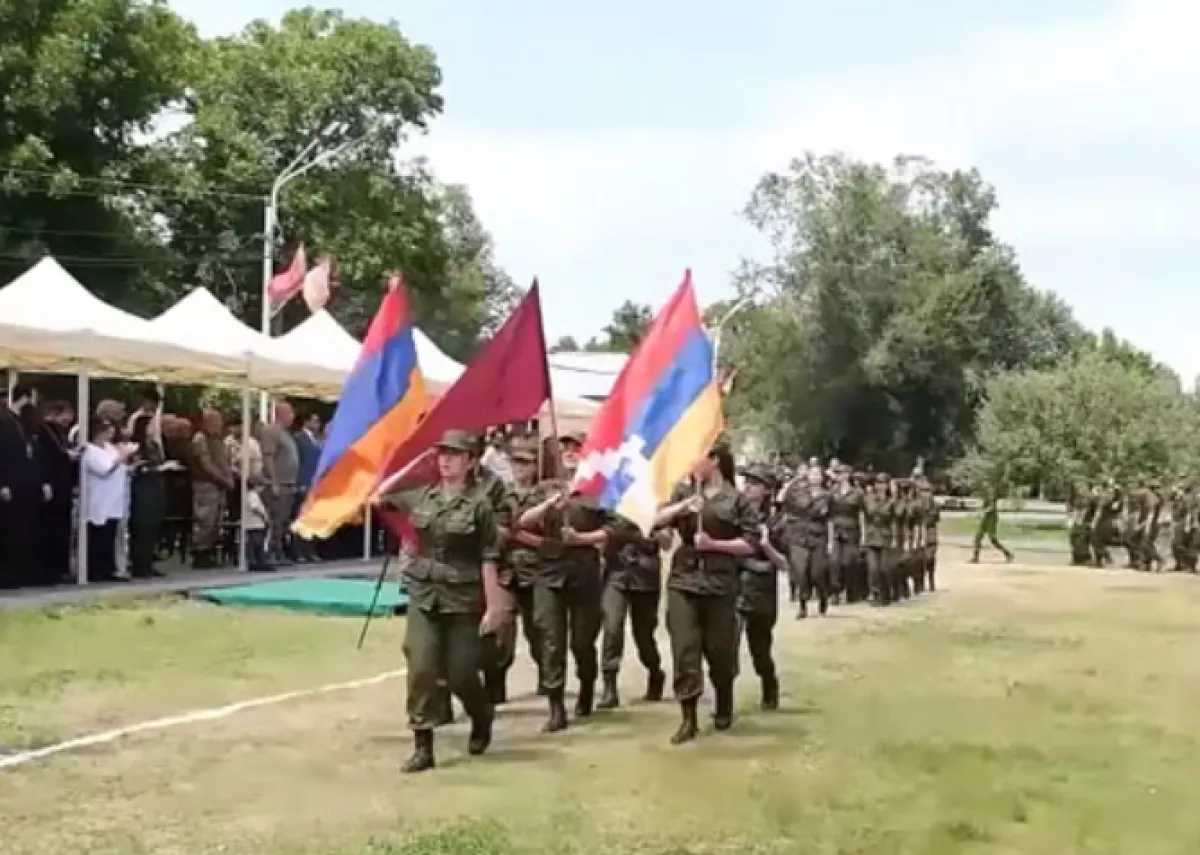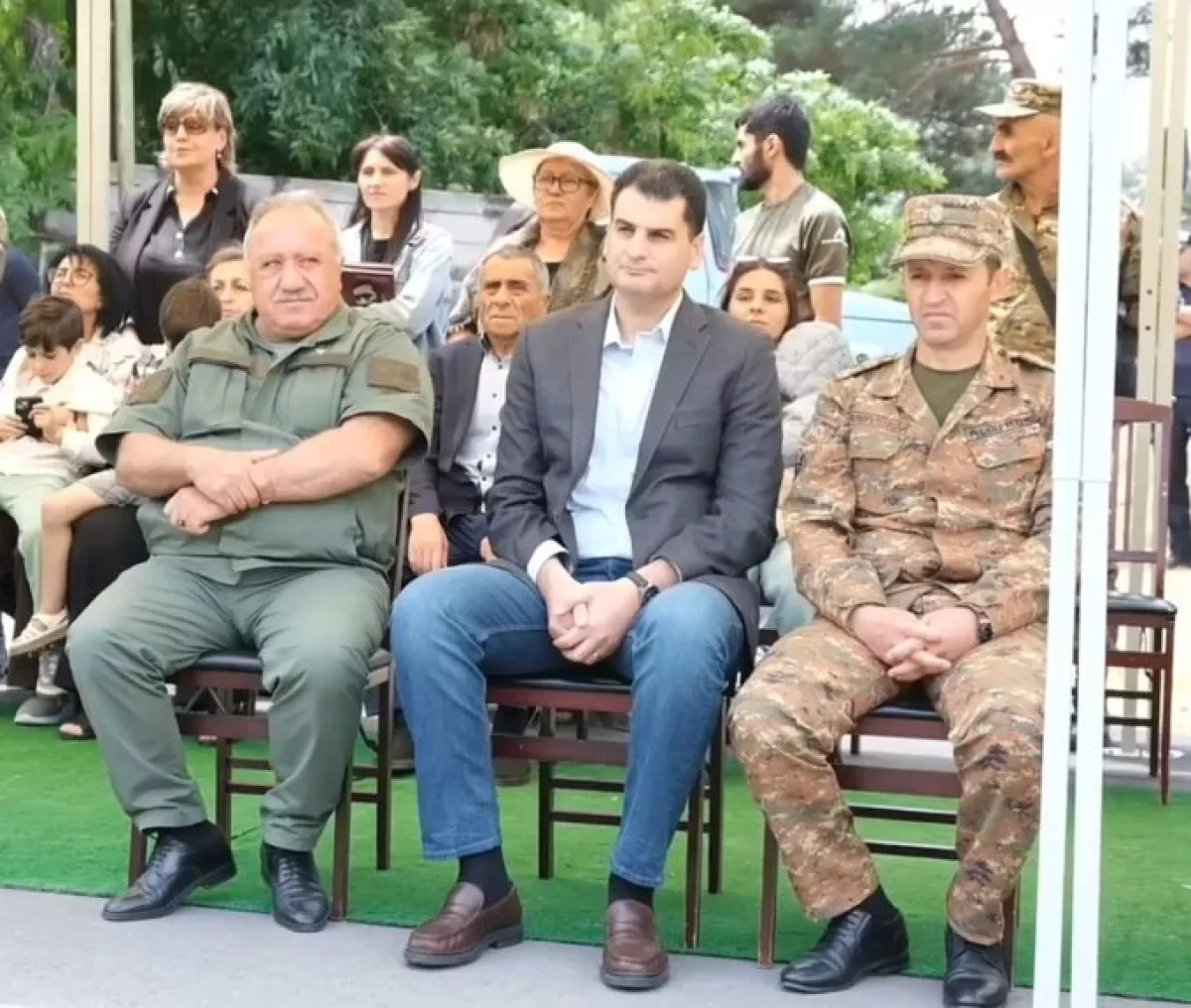Pashinyan’s peace declarations vs. Armenia’s street-level revanchism Dangerous dualism
"Today, the Republic of Armenia is more independent, more sovereign, more developed, more prosperous, and more full of potential than ever before, because it is at peace. Peace has been established, and it must become a daily priority and an institutional commitment. August 2025 marked the beginning of a new era of peace and prosperity for Armenia."
This message was shared by Armenian Prime Minister Nikol Pashinyan on social media to mark the anniversary of Armenia’s Declaration of Independence. Since a pivotal meeting in Washington on August 8, Pashinyan and his government have repeatedly emphasised the dawn of a peaceful era in the region and expressed a strong desire to normalise relations with both Baku and Ankara.
At this point, it seems that the final step toward lasting peace is amending Armenia’s Constitution to remove any territorial claims against Azerbaijan. And yet…
Despite the optimistic statements from official Yerevan about its commitment to a peaceful agenda, revanchist sentiments continue to persist and openly manifest in Armenia. According to reports from Armenian media, mass rallies are planned in the Armenian capital on September 2—on the so-called "independence day" of the so-called "NKR"—organised by opposition parties and movements.
In particular, radicals from the "Dashnaktsutyun" party have announced a rally to be held in the Dynamo sports hall, while the pro-Russian "Mother Armenia" bloc plans to gather supporters in Freedom Square under the slogan: "No Artsakh — No Yerevan."
These calls clearly show that, in the public consciousness of Armenia, Azerbaijan’s Karabakh region is still viewed as part of Armenian identity, and the issue of "Artsakh" remains a part of the political agenda, despite the government's official statements about its readiness for peace.
The symbolic reinforcement of the narrative of territorial claims against Azerbaijan also holds particular significance. In recent years, memorials have been erected in Armenia dedicated to terrorists who were killed during the Armenian-Azerbaijani conflict.
These actions carry an unmistakable ideological message: to preserve, for future generations, the notion of Karabakh as a “lost homeland.” In this way, the government's rhetoric about peace contradicts its continued support for symbolic acts that reinforce a revanchist narrative.

An equally alarming signal is the work being done with the youth. The terrorist organisation “Yerkrapah” (headed, notably, by Sasun Mikayelyan—a close associate of Prime Minister Pashinyan) regularly organises military training camps for young people, with support from the Ministry of Defence. These camps are funded by the Armenian government—the most recent funding decision was approved at a Cabinet meeting on July 25.
At these camps, youth are trained in military skills, taught to harbor hatred toward Azerbaijanis, and take part in marches featuring the flags of the so-called “NKR.” Notably, Armenia’s Deputy Minister of Defence, Hrachya Sargsyan, was present at these events, highlighting the institutional nature of the government's support for such initiatives.

The participation of officials in events where slogans are voiced that question the territorial integrity of Azerbaijan fundamentally contradicts Yerevan’s declared commitment to a peaceful agenda. Moreover, it directly violates Point 8 of the initialed peace agreement on the establishment of peace and interstate relations between Azerbaijan and Armenia, which clearly states:
"The Parties condemn and will combat intolerance, racial hatred and discrimination, separatism, violent extremism, and terrorism in all their forms within their respective jurisdictions, and will adhere to their international obligations."
The involvement of Armenian officials in events where slogans challenge Azerbaijan’s territorial integrity stands in direct contradiction to Yerevan’s stated commitment to peace.
More importantly, it violates Article 8 of the initialed peace agreement between Azerbaijan and Armenia, which explicitly states:
“The Parties condemn and shall combat intolerance, racial hatred and discrimination, separatism, violent extremism and terrorism in all their manifestations within their respective jurisdictions, and shall uphold their applicable international obligations.”
The formal justification by the Armenian authorities—that such events are allegedly not directly organised by state bodies—cannot satisfy Azerbaijan. The issue is not about formal state involvement, but about the creation of an environment where revanchism and territorial claims become embedded in public and political life.
If the Armenian government is truly committed to peace, it must take concrete steps to prevent the participation of official representatives in such events, halt state support for the establishment of memorials bearing revanchist symbols, and clearly affirm that any actions undermining internationally recognised borders are unacceptable.
Today, Armenia faces a choice. On one hand, it declares its readiness to sign a peace treaty and expresses its intention to build relations with Azerbaijan based on mutual recognition of territorial integrity.
On the other hand, within the country itself, symbols and practices that support a spirit of revanchism and raise a new generation with a confrontational mindset continue to thrive. Memorials, rallies, and youth camps featuring separatist symbols create a persistent potential for conflict that undermines the process of normalisation.
Thus, as long as revanchist sentiments persist and are fueled both socially and institutionally in Armenia, talks of peace appear one-sided and incomplete.
For the peace agenda to gain real substance, Yerevan must move beyond declarations to concrete actions—distancing itself from revanchist initiatives, stopping their funding, and eliminating political patronage. Only then can there be a genuine readiness for peace, rather than maintaining a double policy where peaceful rhetoric is combined with practices that ignite new sources of conflict.








